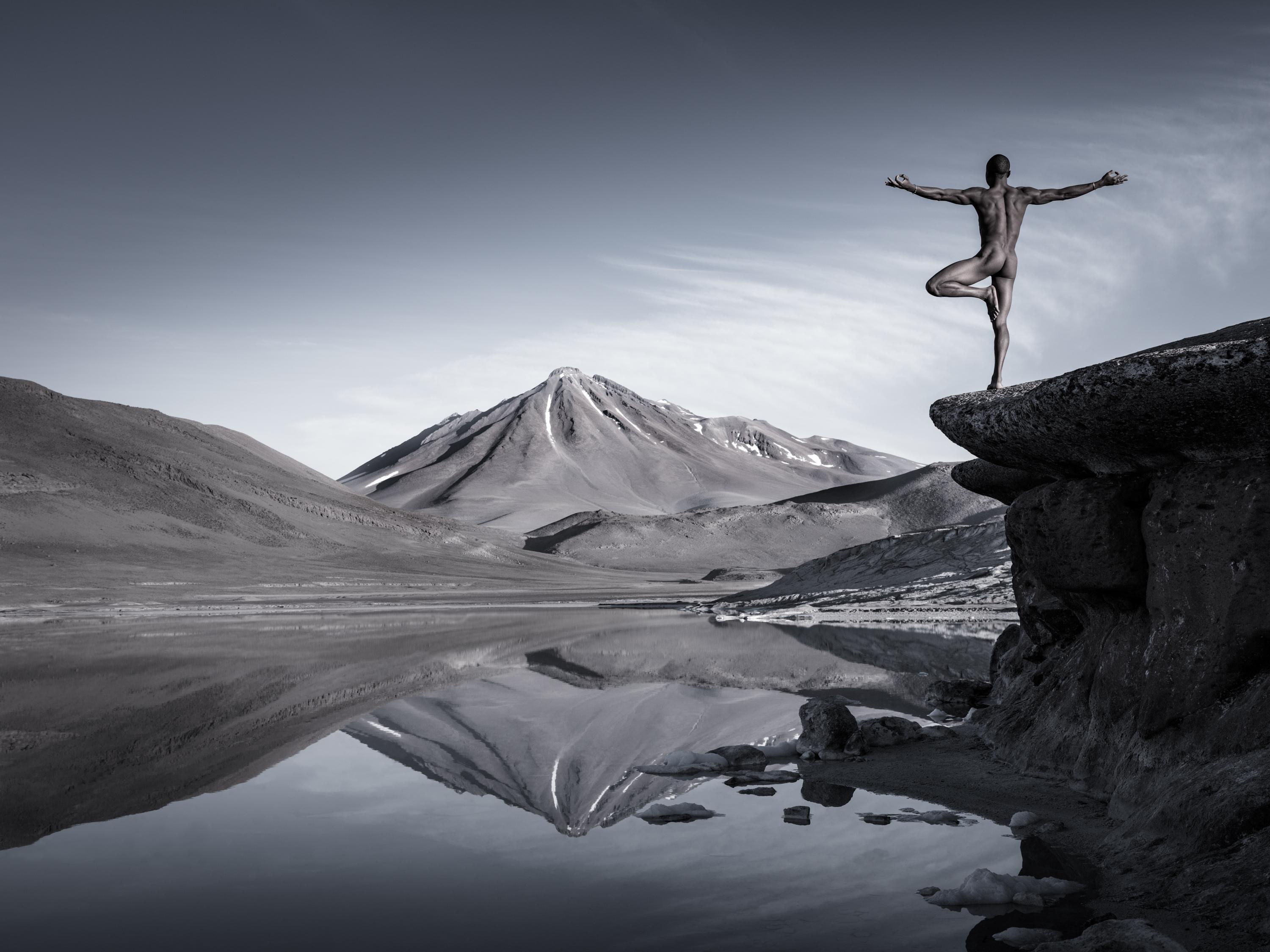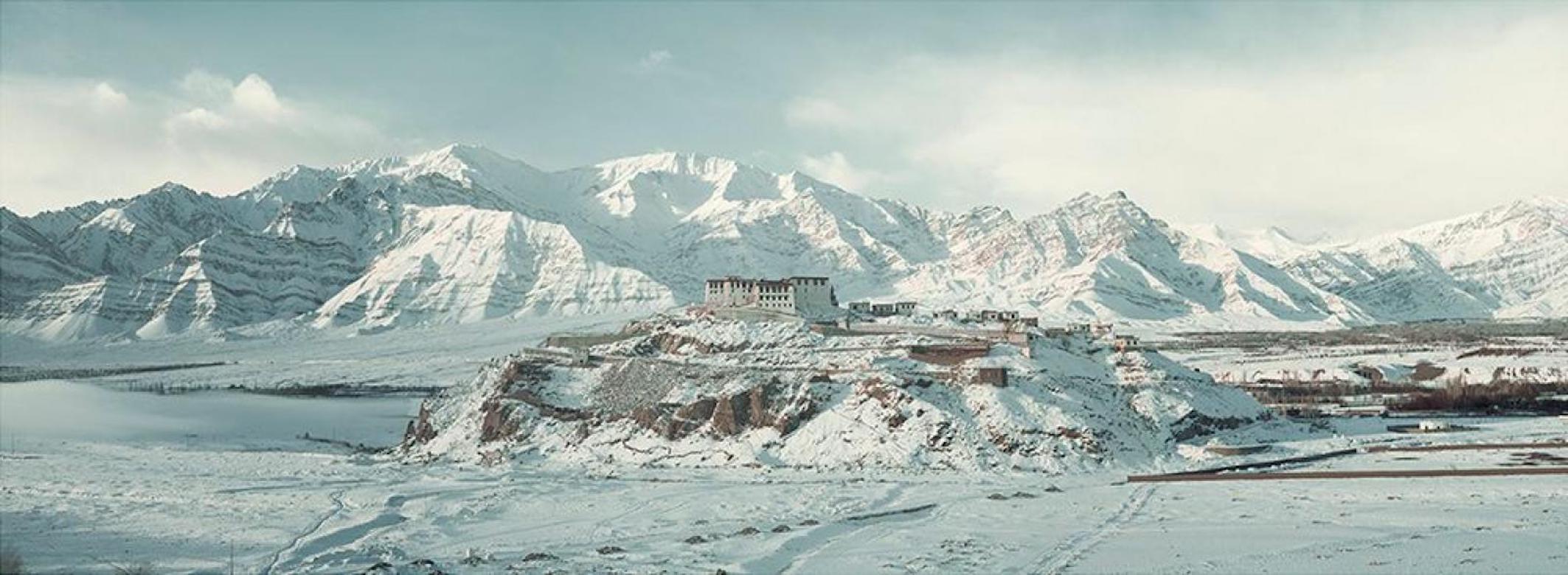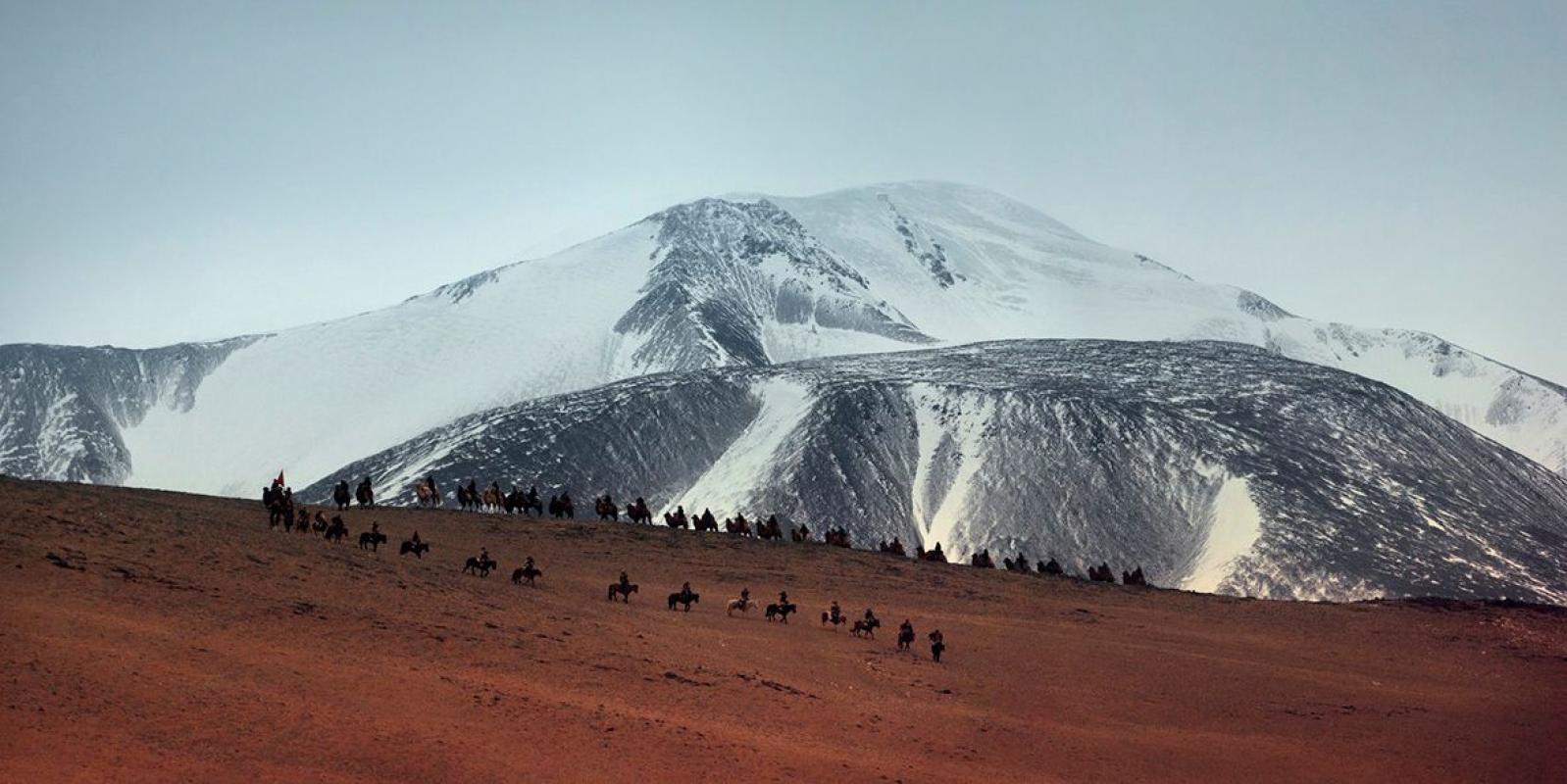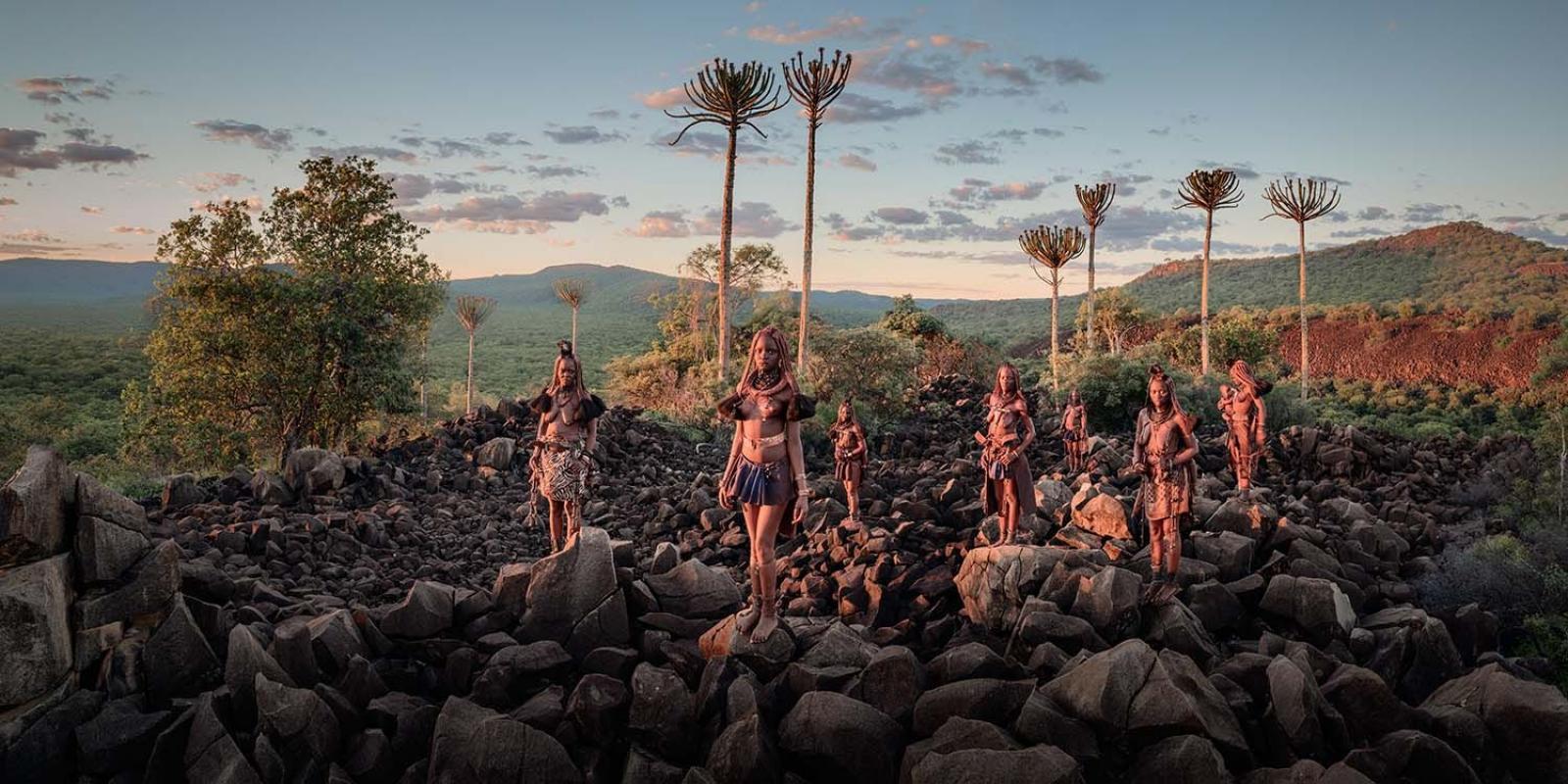Items Similar to El Cimarrón y su fandango
Want more images or videos?
Request additional images or videos from the seller
1 of 6
MARA SANCHEZ RENEROEl Cimarrón y su fandango2014
2014
About the Item
“A photographic series that introduces us to the Afro-descendant that has lived in Mexican territory since the time of the conquest. The project speaks allegorically about the past of this black community and its members’ journey through the fluctuations of colonial history, their integration into the Mexican territory, and their sense of identity within it.
Yet that past isn’t merely a descriptive historical concept; it is, above all, a definition of the present. A present, in the case of their Afro-Mexican descendants, that remains marginal, unstable, and immemorial.”
International Center of photography IPC NYC
“Beginning in 1570, enslaved blacks were brought in large numbers from Africa to Mexico as the principal workforce in various domains, such as mining, cattle-raising, and fishing, but also housekeeping and other occupations. Today, about ten percent of Mexicans identify as black. After the struggle for independence had begun and slavery was abolished, blacks formed communities mainly in Veracruz and in the Costa Chica region of Guerrero and Oaxaca.
It was in this region of the Pacific coast that I first encountered this culture of African descent. I understood its importance and realized how it had remained invisible throughout the history of Mexico. In spite of being the country's “third root”, it was not until 2015 that it even began to be acknowledged by Mexico’s constitutional laws.
Spurred on by personal curiosity, I started researching what eventually led to The Maroons and Their Fandango, a project in which photography allowed me to translate into images certain historic elements that refer to the current construction of the identity of people who refer to themselves as Afro-Mexican.”
Mara Sánchez Renero
- Creator:MARA SANCHEZ RENERO (1979, Mexican)
- Creation Year:2014
- Dimensions:Height: 28.8 in (73.16 cm)Width: 25.2 in (64.01 cm)Depth: 1.5 in (3.81 cm)
- More Editions & Sizes:49.5 x 33.4 in. / Ed. 3Price: $5,500
- Medium:
- Movement & Style:
- Period:
- Framing:Framing Options Available
- Condition:
- Gallery Location:Ciudad De México, MX
- Reference Number:1stDibs: LU184229850032
About the Seller
No Reviews Yet
Vetted Seller
These experienced sellers undergo a comprehensive evaluation by our team of in-house experts.
1stDibs seller since 2022
- ShippingRetrieving quote...Ships From: Ciudad De México, Mexico
- Return PolicyThis item cannot be returned.
More From This SellerView All
- El Cimarrón y su fandango: Palmera. Ed. 7. Certified, signed on back.Located in Ciudad De México, MX“A photographic series that introduces us to the Afro-descendant that has lived in Mexican territory since the time of the conquest. The project speaks allegorically about the past o...Category
2010s Contemporary Landscape Photography
MaterialsInkjet, Photographic Paper, Archival Pigment
- El Cimarrón y su fandango: Lavandera. Ed. 7. Certified, signed on back.Located in Ciudad De México, MX“A photographic series that introduces us to the Afro-descendant that has lived in Mexican territory since the time of the conquest. The project speaks allegorically about the past o...Category
2010s Contemporary Color Photography
MaterialsArchival Pigment
- HUICHOL: MOUNTAIN, DESERT, NEW YORK (`95-`21). Limited edition of 5.By PABLO ORTIZ-MONASTERIOLocated in Ciudad De México, MXDocumentary Photograph. Contemporary Inkjet on cotton. Limited edition of 5. Signed front and verso. Framed in lacquered black frame with spacer) The first person to photograph the Huichol in their remote communities in the inaccessible canyons of the Western Sierra Madre was probably the Norwegian anthropologist, Carl Lumholtz. He ventured into their territory in 1895, shortly before the arrival of the French naturalist and ethnographer Léon Diguet, who was also a photographer. Like so many who were engaged with documenting Indigenous peoples across the Americas in those brutal years of expansion and settlement, Lumholtz believed that the disappearance of his subjects was inevitable: “the weaker must succumb to the stronger, and the Indians will ultimately all become Mexicans.” The photographs of the Huichol by Pablo Ortiz Monasterio—taken on some twenty trips over the past three decades—prove that Lumholtz was fortunately, terribly wrong. They reveal abundant evidence of cultural survival (what the Huichol call “la costumbre”), made possible by their extraordinary resistance to the religious, nationalist, and economic forces that have long assaulted—and that continue to assault—Indigenous communities everywhere. Though Ortiz Monasterio is also an outsider, he does not operate—like Lumholtz or Diguet—as an old-fashioned preservationist, nor is he confident in the superiority of Western culture, nor is his work only destined for museum vitrines...Category
1990s Contemporary Color Photography
MaterialsArchival Pigment, Inkjet
- HUICHOL: MOUNTAIN, DESERT, NEW YORK (`95-`21). Limited edition of 5.By PABLO ORTIZ-MONASTERIOLocated in Ciudad De México, MXDocumentary Photograph. Contemporary Inkjet on cotton. Limited edition of 5. Signed front and verso. Framed in lacquered black frame with spacer) The first person to photograph the Huichol in their remote communities in the inaccessible canyons of the Western Sierra Madre was probably the Norwegian anthropologist, Carl Lumholtz. He ventured into their territory in 1895, shortly before the arrival of the French naturalist and ethnographer Léon Diguet, who was also a photographer. Like so many who were engaged with documenting Indigenous peoples across the Americas in those brutal years of expansion and settlement, Lumholtz believed that the disappearance of his subjects was inevitable: “the weaker must succumb to the stronger, and the Indians will ultimately all become Mexicans.” The photographs of the Huichol by Pablo Ortiz Monasterio—taken on some twenty trips over the past three decades—prove that Lumholtz was fortunately, terribly wrong. They reveal abundant evidence of cultural survival (what the Huichol call “la costumbre”), made possible by their extraordinary resistance to the religious, nationalist, and economic forces that have long assaulted—and that continue to assault—Indigenous communities everywhere. Though Ortiz Monasterio is also an outsider, he does not operate—like Lumholtz or Diguet—as an old-fashioned preservationist, nor is he confident in the superiority of Western culture, nor is his work only destined for museum vitrines...Category
1990s Contemporary Color Photography
MaterialsArchival Pigment, Inkjet
- HUICHOL: MOUNTAIN, DESERT, NEW YORK (`95-`21)By PABLO ORTIZ-MONASTERIOLocated in Ciudad De México, MXThe first person to photograph the Huichol in their remote communities in the inaccessible canyons of the Western Sierra Madre was probably the Norwegian anthropologist, Carl Lumholtz. He ventured into their territory in 1895, shortly before the arrival of the French naturalist and ethnographer Léon Diguet, who was also a photographer. Like so many who were engaged with documenting Indigenous peoples across the Americas in those brutal years of expansion and settlement, Lumholtz believed that the disappearance of his subjects was inevitable: “the weaker must succumb to the stronger, and the Indians will ultimately all become Mexicans.” The photographs of the Huichol by Pablo Ortiz Monasterio—taken on some twenty trips over the past three decades—prove that Lumholtz was fortunately, terribly wrong. They reveal abundant evidence of cultural survival (what the Huichol call “la costumbre”), made possible by their extraordinary resistance to the religious, nationalist, and economic forces that have long assaulted—and that continue to assault—Indigenous communities everywhere. Though Ortiz Monasterio is also an outsider, he does not operate—like Lumholtz or Diguet—as an old-fashioned preservationist, nor is he confident in the superiority of Western culture, nor is his work only destined for museum vitrines...Category
1990s Contemporary Color Photography
MaterialsArchival Pigment, Inkjet
- HUICHOL: MOUNTAIN, DESERT, NEW YORK (`95-`21). Limited edition of 5.By PABLO ORTIZ-MONASTERIOLocated in Ciudad De México, MXDocumentary Photograph. Contemporary Inkjet on cotton. Limited edition of 5. Signed front and verso. Framed in lacquered black frame with spacer) The first person to photograph the Huichol in their remote communities in the inaccessible canyons of the Western Sierra Madre was probably the Norwegian anthropologist, Carl Lumholtz. He ventured into their territory in 1895, shortly before the arrival of the French naturalist and ethnographer Léon Diguet, who was also a photographer. Like so many who were engaged with documenting Indigenous peoples across the Americas in those brutal years of expansion and settlement, Lumholtz believed that the disappearance of his subjects was inevitable: “the weaker must succumb to the stronger, and the Indians will ultimately all become Mexicans.” The photographs of the Huichol by Pablo Ortiz Monasterio—taken on some twenty trips over the past three decades—prove that Lumholtz was fortunately, terribly wrong. They reveal abundant evidence of cultural survival (what the Huichol call “la costumbre”), made possible by their extraordinary resistance to the religious, nationalist, and economic forces that have long assaulted—and that continue to assault—Indigenous communities everywhere. Though Ortiz Monasterio is also an outsider, he does not operate—like Lumholtz or Diguet—as an old-fashioned preservationist, nor is he confident in the superiority of Western culture, nor is his work only destined for museum vitrines...Category
1990s Contemporary Color Photography
MaterialsArchival Pigment, Inkjet
You May Also Like
- Knowledge, Atacama Desert Chile, Landscape, PhotographyBy Tom JacobiLocated in Munich, DEEdition of 10 Series "The Light within" Also available in 164 x 123 cm (64,5’’ x 48,4’’) Edition of 7. A naked man stands on a rock in the Atacama desert in Chile and is doing Yoga...Category
2010s Contemporary Landscape Photography
MaterialsArchival Pigment
- Jimmy Nelson - XXXI 67, XXXII Muchimba, Angola, Photography 2017, Printed AfterBy Jimmy NelsonLocated in Greenwich, CTAll available sizes & editions for each size of this photograph: 24.41 X 33.86 - Edition of 9 39.37 X 55.12 - Edition of 6 55.12 X 78.74 - Edition of 3 66.93 X 96.46 - Edition of 1 ...Category
2010s Contemporary Color Photography
MaterialsArchival Ink, Archival Paper, Photographic Paper, Archival Pigment
- Jimmy Nelson - VII 274 // VII Ladakh, India, Photography 2012, Printed AfterBy Jimmy NelsonLocated in Greenwich, CTAll available sizes & editions for each size of this photograph: 24.41 x 43.31 - Edition of 9 39.37 x 70.87 - Edition of 6 55.12 X 102.36 - Edition of 3 As a photographer, beyond th...Category
2010s Contemporary Color Photography
MaterialsArchival Ink, Archival Paper, Photographic Paper, Archival Pigment
- Jimmy Nelson - XXIX 3 // XXIX Bhutan, Photography 2016, Printed AfterBy Jimmy NelsonLocated in Greenwich, CT"XXIX 3 Tiger's Nest, Upper Paro Valley, Bhutan Bhutan’s verdant valleys filled with fluttering prayer flags are surrounded by the high, snow-peaked mountains that have helped isola...Category
2010s Contemporary Color Photography
MaterialsArchival Pigment
- Jimmy Nelson - XXX 48 // XXX Kazakhs, Mongolia, Photography 2018, Printed AfterBy Jimmy NelsonLocated in Greenwich, CT"XXX 48 Eagle festival, Tsambagarav mountain, Altai mountains Mongolia The Mongolian Kazakhs travelled through Russia to the Mongolian Altai Mountains living as semi-nomads, moving...Category
2010s Contemporary Landscape Photography
MaterialsArchival Pigment
- Jimmy Nelson - XXXI 33, XXXI Muchimba, Angola, Photography 2017, Printed AfterBy Jimmy NelsonLocated in Greenwich, CTXXXII 33 Muchimba ladies, Himba Angola 2017 The Muchimba people are a semi-nomadic people living mainly in Angola’s border area with Namibia, on the dry Kaokoveld Plateau in the Cun...Category
2010s Contemporary Landscape Photography
MaterialsArchival Pigment
Recently Viewed
View AllMore Ways To Browse
Colonial Mexican Art
African Colonial Art
Oaxaca Black
Cattle Africa
Guerrero Mexico
The Conquest Of Mexico
Vintage Art Gallery Posters
The Bible
Vintage Book Ends
Vintage Western Style
Large Sculptures Of People
Music Hall
Spanish Frame Wood
Theatre Prints
Used Large Picture Frames
Pair Of Canvas Paintings
Vintage Wwii
Old Master Italian Drawings





